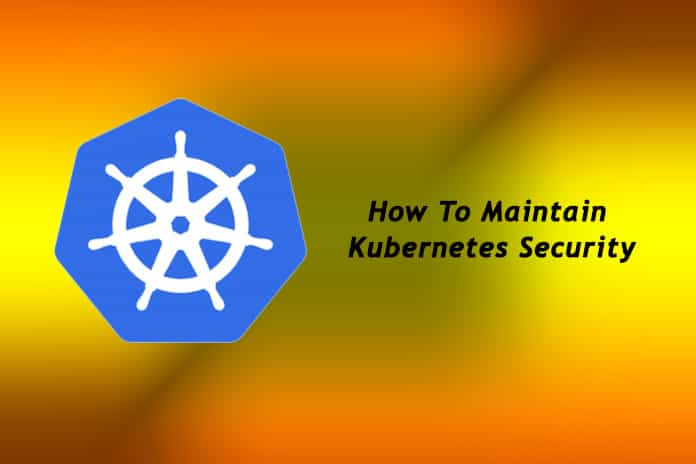Using cloud-based systems for applications in today’s modern world is becoming a must. This has led to many container applications being used with Kubernetes platforms that can help to boost the security of your container.
Ensuring that your Kubernetes security is solid and always up to date is important to prevent hackers from finding their way into your system and taking sensitive information. Adding more containers and clusters is where things can get complicated and engineers often put a lot of time into making sure these areas are properly secured.
Orchestrating containers using Kubernetes helps you to deal with faults, scaling, and distribution. This post covers some of the main areas to cover to keep your Kubernetes and containers secure.
Table of Contents
Kubernetes Container Security Risks
People who are put in charge of handling the security of containers often have a lot of work to mitigate the risks. This is because Kubernetes containers are still fairly new which means there are different types of risks to keep in mind.
If Kubernetes containers are too vulnerable, it can lead to hackers gaining total control of the host and the containers that are within it. So, covering all the bases is super important to keep your security tight.
Another one of the aspects that can make it more difficult to control Kubernetes security is that containers are often moving up and down. This means that it’s more challenging to monitor what’s happening.
Malicious activity can happen to Kubernetes security containers in the form of hackers gaining extra privileges, extracting sensitive data, breaching policies, and compromising active operations.
Updating Clusters
All software will have some kind of bugs that need to be monitored and fixed. Some bugs are a lot more dangerous than others and updating your clusters is one of the ways that you can minimize these bugs causing big problems.
If you manage to stay on top of updating your Kubernetes deployment procedure, operating system, Docker images, and other software that you have running at the same time, you’ll be able to reduce potential vulnerabilities.
When it comes to your docker images that are run by the containers, there are layers included. Each one of these layers could be vulnerable to a security risk. Therefore, updating the elements in each of the layers is an important process.
One of the common challenges that companies usually face involves developers being able to share the images due to the open-source system. To keep your images more secure, you may want to use registries that are either official or private. Keeping up with this standard helps developers know what the base images are.
Developers can then use services, like Snyk, that allows you to scan images and check for vulnerabilities in an easy way. Without checking for vulnerabilities or software updates, those problems can easily spread from one area to another very quickly.
If you find that a container has been compromised, the exposed Kubernetes can make the problem worse by deploying containers to various machines. So, it’s paramount to secure your Kubernetes containers before deploying them.
Authentication & Namespaces
It’s best to separate the different uses for your clusters into namespaces. This is because clusters often have services that can be used across a broad range of products in various environments that can include production and testing.
When you’ve separated them into different namespaces, you’re able to have more control over the resources that are being used. The purpose of using namespaces is to allow you to make network layers that include resources that occupy the same space.
Environments that involve production should be in a different cluster. You should also make sure that the access permissions are strict to ensure that only people who are properly organized can have access.
You can also make specific roles for certain namespaces so that multiple people can securely have access to testing areas.
Another main area to have fully authorized are the APIs. These act as the central area for users and applications to run Kubernetes. So, having strict control over who can access APIs is crucial to keeping your entire Kubernetes testing and deployment procedure free from hacks.
Organizations also like to keep the node agents on each node protected. This takes the level of security up another level to make it more difficult for hackers to penetrate.
Conclusion
Now that you have a better idea about Kubernetes security and the ways to maintain it, you can implement the pointers mentioned throughout our post. You want to ensure that if a hacker manages to gain access to one area, that they aren’t able to take control of the system as a whole.
Layering your containers and Kubernetes makes it more difficult for hackers to reach sensitive data. It also gives you more time to work on securing vulnerable areas before hackers get too deep.
Hopefully, the tips mentioned here have helped you to feel more confident about making your Kubernetes security more safeguarded against attacks.


